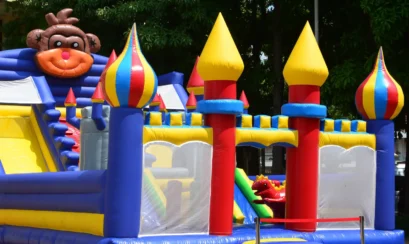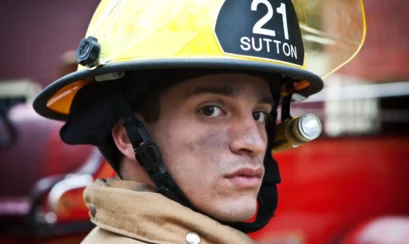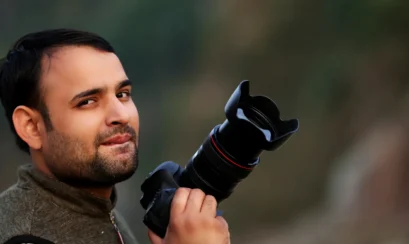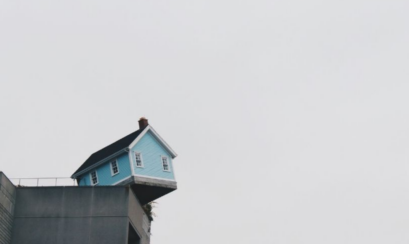We see it all the time – people doing violent things on the sports field that they would be arrested for if they did it anywhere else. We see punches, body slams, tackles around the neck, elbows in the face, gang tackles to bring an opponent crashing to the ground, even deliberate attempts to maim or injure by targeting knees or ankles.
We call it sport, and we cheer a hard tackle. After all, what happens on the field stays on the field, right? After the game everyone is meant just to shake hands and walk away. Unfortunately, however, not everyone walks away.
We see injured children carted off the school sports field to polite applause. We cheer when bulked up professional players pull off huge tackles that bring down a gifted opponent. But what happens afterwards? What if they have serious injuries that will affect them for years?
NRL player confined to wheelchair following spinal injury sustained on sports field
The problem of personal injury sustained on the sporting field could be in the public eye this year after a professional rugby league player said he would sue for what happened to him on the sports field.
Newcastle Knights Rugby League player Alex McKinnon is reported to have said he will take legal action against the NRL for a tackle that left him paralysed in 2014. McKinnon reportedly said that he will seek compensation not just from the NRL, but also Melbourne Storm player Jordan McLean, who speared him into the ground with two others in an incident that left McKinnon confined to a wheelchair.
The case could open a Pandora’s box of legal quandaries that could have a huge impact on sport, both amateur and professional.
Sports governing bodies, employers, coaches and players could all be liable
If such a case gets to court, it could raise fundamental legal questions about the way we administer and even play sport in this country. Such questions include:
- Can a sports governing body be held responsible for an injury to a player?
- Does a player accept that risk of injury is an inherent part of the sport?
- Is a sports employer legally liable because the behaviour that led to the injury was encouraged?
- If a coach directed his or her players to “take out” a particular opponent or use a tackling technique designed to injure, could the coach be held legally liable for what happens?
- Should a player who deliberately sets out to injure or maim an opponent on the sports field be subject to criminal prosecution?
- Should McKinnon only be covered by workers’ compensation, just like any other employee injured in the workplace? After all, he was employed to play rugby league and he was injured at work playing the game. Why should athletes be treated any differently from an injured mechanic or farm worker?
Grossly inadequate payouts to the injured under NSW government scheme
According to the State Insurance Regulatory Authority’s Workers compensation benefits guide, in NSW a person with a spinal cord impairment similar to McKinnon’s is limited to a one-off workers compensation lump sum payment of just $231,000.
Under the NSW Sporting Injuries Insurance Scheme, the maximum payout is just $171,000.
The NRL gave McKinnon $500,000 in compensation plus $1.2 million towards his medical costs and promised him a job for life. However, a person with McKinnon’s spinal injury will have to pay millions of dollars for many years to come in medical costs, modifications to the family home, vehicle, transport and specialised equipment.
Whatever the outcome of the McKinnon case, one thing is clear: the compensation for incapacitating injuries offered through the NSW government scheme is grossly inadequate.
For further information please see Can you make a public liability claim for gym injuries?














